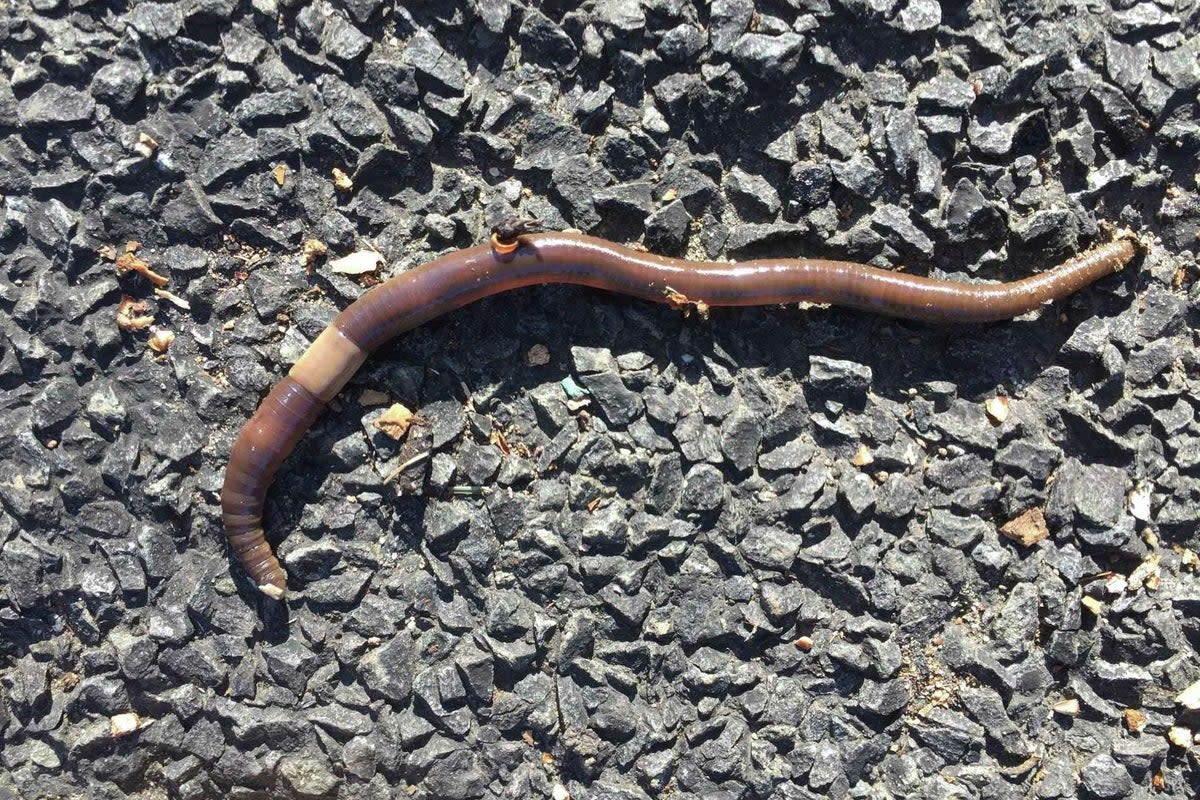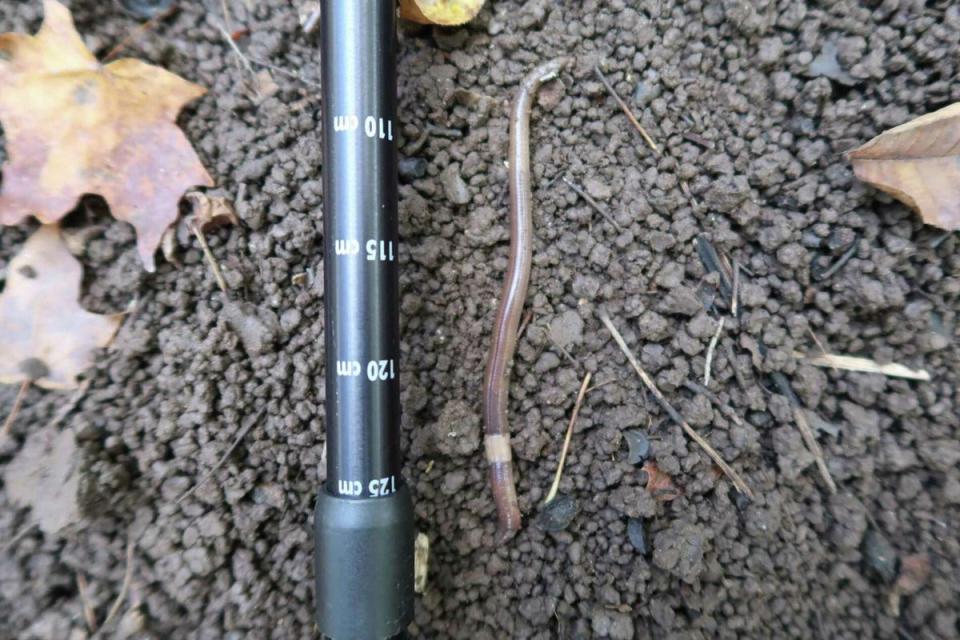‘Earthworms on steroids’ are spreading like wild in Connecticut

An invasive species of earthworm that can wreak havoc on ecosystems is spreading in Connecticut, scientists are warning.
Jumping worms, also known as “crazy worms” and “sharks of the earth”, pollute and destabilise soil causing greenhouse gas emissions to increase by as much as 50 per cent, Dr Gale Ridge, an expert from the Connecticut Agricultural Experiment Station’s Department of Entomology wrote in a recent alert.
“These are earthworms on steroids,” Dr Ridge wrote.
Jumping worms don’t in fact jump, but are fast moving with a “strong rigid muscular body that can whip violently when disturbed”, according to Dr Ridge’s report.
They displace more environmentally-friendly species of worms, and excrete coarse, dark waste that looks like ground taco meat.
Their “granular” waste alters the composition of topsoil, destroying seed banks and fungi, and weakening the roots of plants and trees.
The jumping worms’ excrement has even toppled several stone walls in New England, Dr Ridge said.
The worms, in combination with white-tail deer, could cause the extinction of local plants in the area, the scientist added.
“Native millipedes and salamanders are negatively impacted as well as ground nesting birds,” Dr Ridge said.
The jumping worms have a distinctive milky white collar that distinguishes them from other nightcrawler.

These worms can grow up to eight inches in length breed en masse and constantly produce cocoons at the soil surface.
The worms were first imported from Japan in 1948 to feed Australian platypuses in the Bronx Zoo. They were spread in downed trees and soil movement caused by Hurricane Sandy in 2012.
They have now been detected in 34 US states, are now spreading rapidly in the northeast.
In a report published by the US Department of Agriculture in May, soil specialist Mac Callaham wrote: “Soil is the foundation of life – and Asian jumping worms change it.
“In fact, earthworms can have such huge impacts that they’re able to actually re-engineer the ecosystems around them.”
The Connecticut Agricultural Experiment Station recommended residents use mobile phone apps to identify the troublesome invaders, and drown them in a bucket of soapy water or place them in hot sun for 10 minutes before discarding them in the trash.


